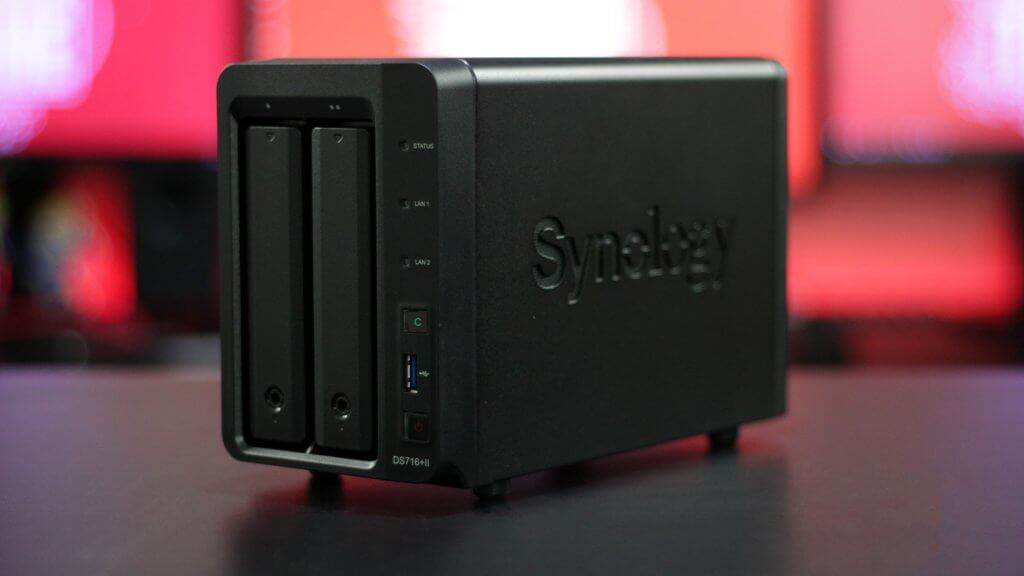Synology Remote Access can be setup quickly in three different ways so you can access your files from anywhere.
Consider checking out the TechWizTime YouTube Channel if you enjoyed this guide.
Let’s get started!
Table of Contents
WHAT YOU’LL NEED
- A Synology NAS with the latest DiskStation
- Working Internet Connection
- An UPnP compatible Router (in case of EZ Internet)
SYNOLOGY QUICKCONNECT METHOD

Log in to your Synology NAS.
Go to your DiskStation menu button and open control panel then choose QuickConnect.
Place a tick besides “Enable QuickConnect”
Log in or register a new Synology account, and once you do, give your DiskStation a name in the Quick Connect ID section.
NOTE: If the name has been taken you will see an alert down the bottom.
Agree to the terms and conditions by placing a tick in the box and click Apply.
Once the QuickConnect ID is accepted you’ll be given a URL you can use to connect your Synology NAS via the internet. Save this URL somewhere safe on your phone or another device and you’ll always have access to your files wherever you are.
NOTE: You can control very speficic settings such as not letting mobile applications have access to your NAS in the “Advanced” Tab of the QuickConnect configuration panel.
FIX: If you happen to encounter an error like “You are not authorized to use this service” You need to change the security setting by going to the “Security” section in the QuickConnect configuration panel. Tick “Enhanced browser compatibility by skipping IP” before hitting “Apply”.
EZ INTERNET METHOD

NOTE: To use this service you will need to have a router that supports UPnP.
Go to the DiskStation menu and choose EZ Internet. This will start the wizard that will guide you through the entire process.
On the first screen click next.
On the firewall setup screen place a tick in the “Enable firewall to block incoming connections” box. If you just want access to the DiskStation manager then click Next otherwise scroll through the list and place a check beside the services you want to have access to.
Next you will need to set up a hostname by typing it into the box. Here you can also change the domain name associated with the hostname you choose.
On the next screen you will need to register or log in into your Synology account before you can accept the Terms and Conditions. Once you accept them click “Next”
Check the settings written here are correct and click the apply button so the firewall and DDNS settings will be set up.
Once it finishes, click the “Finish” button. Make sure you have written down the domain name so you can have access to your Synology NAS.
FIX: If the link is coming back with an error your router may not be compatible and the firewall settings may not have taken effect. To check this, go to the DiskStation menu and choose the control panel. Select the external access icon and go to the router configuration tab up the top. Lastly click on the setup router button. If a message comes up saying “No UPnP router found” then this method won’t work for you.
SYNOLOGY PORT FORWARDING METHOD

NOTE: Before starting, you need to make sure that the Synology NAS has its gateway setup with the IP address of the router. To do so, go to the DiskStation menu and choose control panel. Then choose “Network” and besides Default Gateway click on the “Edit” button. Make sure the IP address is your router. If not, you may need to manually configure DNS server on the network screen. Please be aware if you don’t know what you’re doing here, you might lose access to your Synology NAS.
Log into your router’s web interface to configure the ports that need to be open for access.
NOTE: Every router is different so this will need to be something you check with your particular routers manual.
Here is the list of ports you will need to open to access various features of the Synology NAS.
Once you have set up your router with the correct ports you can set up DDNS hostname for access by going to the DiskStation menu and choosing control panel.
Next choose “External access” and then, under the “DDNS” tab, choose the “Add” button, then you’ll see a huge drop down menu of different dynamic DNS providers
NOTE: You’ll need to have set up an account with a provider to use their service.
After you’ve chosen a provider, input all your details on the DDNS page, click on the “Test Connection” button to make sure everything is communicating correctly. Once you’re done, click the “Ok” button.
Now you’ve manually set up port forwarding and have access to your Synology NAS using remote access over the Internet.
SYNOLOGY REMOTE ACCESS ACTIVATED
Congratulations, you’ve just configured your NAS to allow you to access your data from anywhere in the world as long as you have an internet connection.
Could you do everything by yourself? Did you had any problems during the guide? Have any suggestion? Then leave a comment below.
